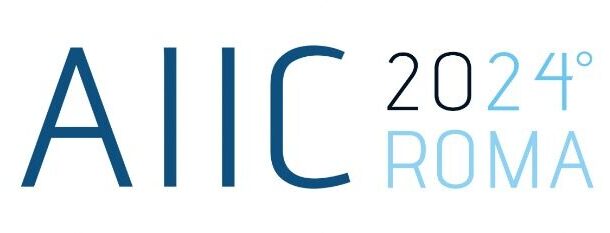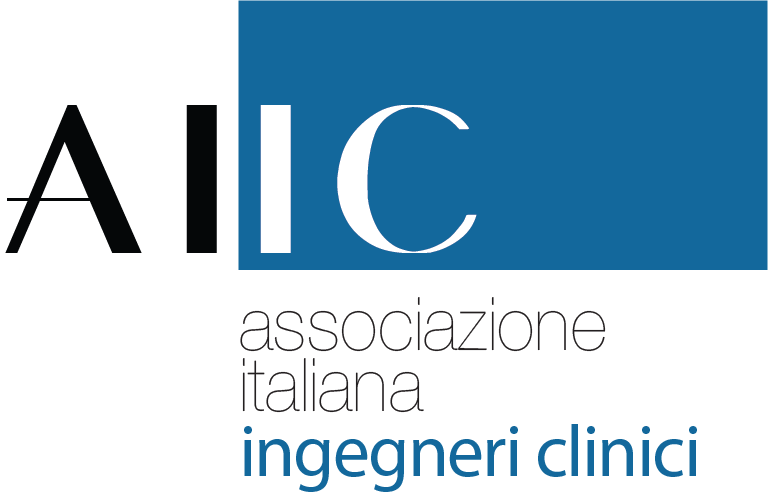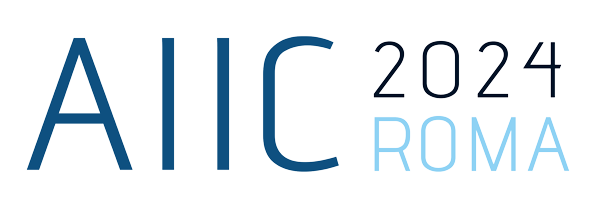

AFFILIAZIONE
technoscience – università san raffaele roma
AUTORE PRINCIPALE
Prof. Pallotti Antonio
VALUTA IL CHALLENGE[ratingwidget]
GRUPPO DI LAVORO
Dott.ssa Calabrese Raffaella – università san raffaele roma, roma
Dott.ssa Mancini Annalisa – università degli studi di roma “la sapienza”, roma
Dott. Angelucci Matteo – università san raffaele roma, roma
Prof. Pallotti Antonio – technoscience – università san raffaele roma, roma
AREA TEMATICA
Applicazioni di intelligenza artificiale in sanità
ABSTRACT
Worldwide, Parkinson’s disease (PD) is one of the most common neurodegenerative diseases affecting millions of people.
Over the past 25 years, there has been a considerable evolution regarding Parkinson’s diagnosis; initially, the only available tools were neurological examinations and autopsies. Subsequently, brain scintigraphy with DATSCAN was introduced and, in recent years, it has been added the magnetic resonance, an examination that doesn’t use ionizing radiation, but only involves exposure to a magnetic field, capable of identifying neuromelanin’s changes, visible as contrast reduction.
In literature several studies have shown how impaired writing and vocal insufficiencies are important elements for the early detection of disease.
In 2021, two studies by our research group on Parkinson’s classification through Telemedicine tools were carried out, one on grafh signal (77.5% accuracy), and the other on Voice signal (91.2%).
The objective of our preliminary study is the development of a telemonitoring system of the voice and graph signal for neurological diseases’ screening such as Parkinson’s, thanks to artificial intelligence techniques (machine learning).
The system is based on a simple Android/iOS application (on a smartphone or tablet), in which two tasks are required. The first one is vocal, and it consists of sounds recording, while the second one is related of writing letters and drawing geometric shapes. We enrolled 2 subjects, one healthy and the other one with advanced PD.
Data are acquired via Bluetooth wireless communication, stored locally, and sent to a web platform. Those data can be used to be processed both with standard analyses and through machine learning models (Artificial Intelligence) to support the specialist decision.
Immediately afterwards, the two subjects underwent an MRI of the brain. The images are sent to the web platform and saved together with the data acquired through the application.
Compared to previous research that used a professional tablet, a digital pen, and a microphone, our study introduced two novelties: the use of smartphones and tablets, and the archiving of radiological images on a platform.
In conclusion, this system is a disease development control/monitoring tool that could save patients’ time, allowing specialists to have all the patient’s clinical and instrumental data on the platform, and having a positive impact on hospitals’ resources.


